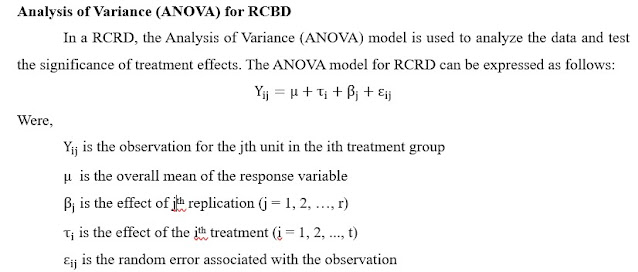A Deep Dive into One Sample t-Test Using Agri Analyze: Tutorial and Example
(10 min) The blog is about concept of one sample t test, formula, interpretation, solved example and demonstration in Agri Analyze tool
1. Introduction
The one-sample t-test is a statistical method used to determine if the mean of a single sample is significantly different from a known or hypothesized population mean. It is widely used in various fields to test hypotheses about population means when the population standard deviation is unknown and the sample size is relatively small.
2. When to Use a One-Sample T-Test
You should use a one-sample t-test when you want to compare the mean of a sample to a specific value, typically a known population mean or a hypothesized value. This test is particularly useful when:
- You have a single sample of data.
- The population standard deviation is unknown.
- The sample size is small (usually n < 30).
3. Assumptions of a One-Sample T-Test
For the one-sample t-test to be valid, certain assumptions must be met:
- Independence: The observations in the sample must be independent of each other.
- Normality: The data should be approximately normally distributed. This assumption is particularly important for small sample sizes.
- Scale of Measurement: The data should be continuous and measured at an interval or ratio scale.
4. How is One-Sample T-Test Different from Two-Sample and Paired T-Tests?
- One-Sample T-Test: Compares the mean of a single sample to a known or hypothesized population mean.
- Two-Sample T-Test: Compares the means of two independent samples to determine if they are significantly different from each other.
- Paired T-Test: Compares the means of two related groups (e.g., measurements before and after an intervention) to determine if there is a significant difference.
5. Formula
The formula for the one-sample t-test is:
6. How to interpret the results?
Case1: If the p value is greater than alpha value the results are non significant and the null hypothesis is accepted.
Case2: If the p value is less than or equal to alpha value the results are significant and the null hypothesis is rejected.
7. Solved example
A random sample of 10 boys had the following IQ's: 70, 120, 110, 101, 88, 83, 95, 98, 107, 100. Do these data support the assumption of the population mean IQ of 100 ?
Find a reasonable range in which most of the mean IQ values of the population of boys lie. (Use alpha 0.05)
Solution:
Step1: Formation of Null Hypothesis
Step2: Computation of mean, sample standard deviation and t test
Sample mean = (70+120+...+107+100)/10 = 972/10 = 97.20
Step3: Compute p value
The p value can be obtained in the excel by using the formula =TDIST(t cal, degrees of freedom, tail of the test). For our case =TDIST(0.62, 9, 2). The p value is 0.5506.
Step4: Conclusion
The p value 0.5506 is greater than alpha value 0.05, results are non significant and the null hypothesis is accepted. This means that at 5% level of significance data is consistent with the assumption of mean IQ of 100 for the population of boys.
Step5: Confidence interval computation
The t value at 9 degrees of freedom and 5% level of significance was =TINV(0.05,9) = 2.2621.
Same problem analysis in Agri Analyze:
The best part of performing analysis with Agri Analyze is that auto interpretation along with assumption testing.
Step1: Open link https://agrianalyze.com/OneSampleTTest.aspx (For first time users free registration is mandatory)
Step2: Prepare data in csv file as shown below:
Step3: Upload data, add level of significance and mean value (to be tested)
Step4: Click on the submit and pay nominal fee
Output
Agri analyze performs assumption testing, interpretation and analysis in just 3 clicks.
References:
Gupta, S. C., & Kapoor, V. K. (2020). Fundamentals of mathematical statistics. Sultan Chand & Sons.
The blog post is written by
Dr Raj Popat












Comments